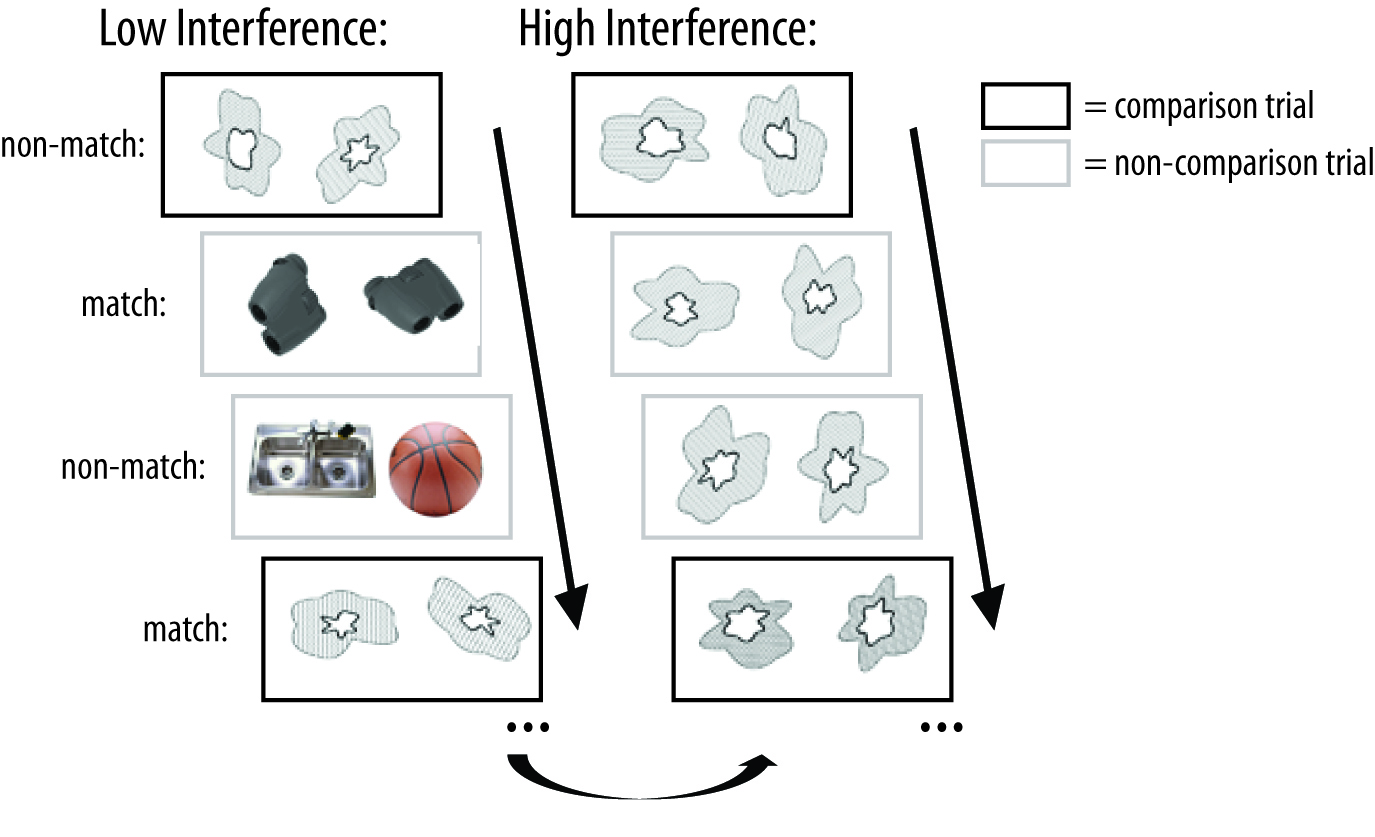Visual Clutter Can More Than Double Search Times, Harming Cognitive Efficiency

Katherine Brodsky recently drew attention to a significant cognitive challenge, stating, "According to studies, if you don't keep your spaces neat, visual clutter competes for your attention, reducing the brain's ability to focus and process efficiently. That seems like an inefficient use of human resources." This assertion is strongly supported by recent scientific investigations, which highlight how cluttered environments can severely impede mental performance and productivity. The impact spans from daily tasks to complex digital interactions, underscoring the need for clearer visual spaces.
A July 2025 study published in Cognitive Research: Principles and Implications specifically analyzed the effects of background clutter in video conferencing. Researchers observed that increased visual complexity and variability in virtual backgrounds significantly degraded visual search performance. In one experiment, participants experienced search times for a small target symbol that more than doubled in highly cluttered virtual settings compared to blank backgrounds, directly contributing to increased cognitive load and the phenomenon known as "Zoom Fatigue."
Further scientific evidence comes from an October 2024 Yale study in Neuron, which demonstrated that "visual clutter" fundamentally alters the brain's information flow. This research identified "identified visual crowding" as a key mechanism, where the presence of surrounding stimuli makes it more difficult to discern target objects, particularly in peripheral vision. The findings illuminate how visual overload compromises the efficiency of neural processing and the relay of visual information within the brain's visual cortex.
The implications extend to various aspects of design and productivity. While some forms of "design complexity" can be engaging, "feature complexity"—characterized by dense, varied perceptual details—consistently detracts from attention. As Brodsky noted, such environments lead to an "inefficient use of human resources" by forcing the brain to expend more energy to filter distractions. This collective body of research emphasizes that minimizing extraneous visual stimuli is crucial for fostering focused attention and optimizing cognitive function in both physical and digital realms.